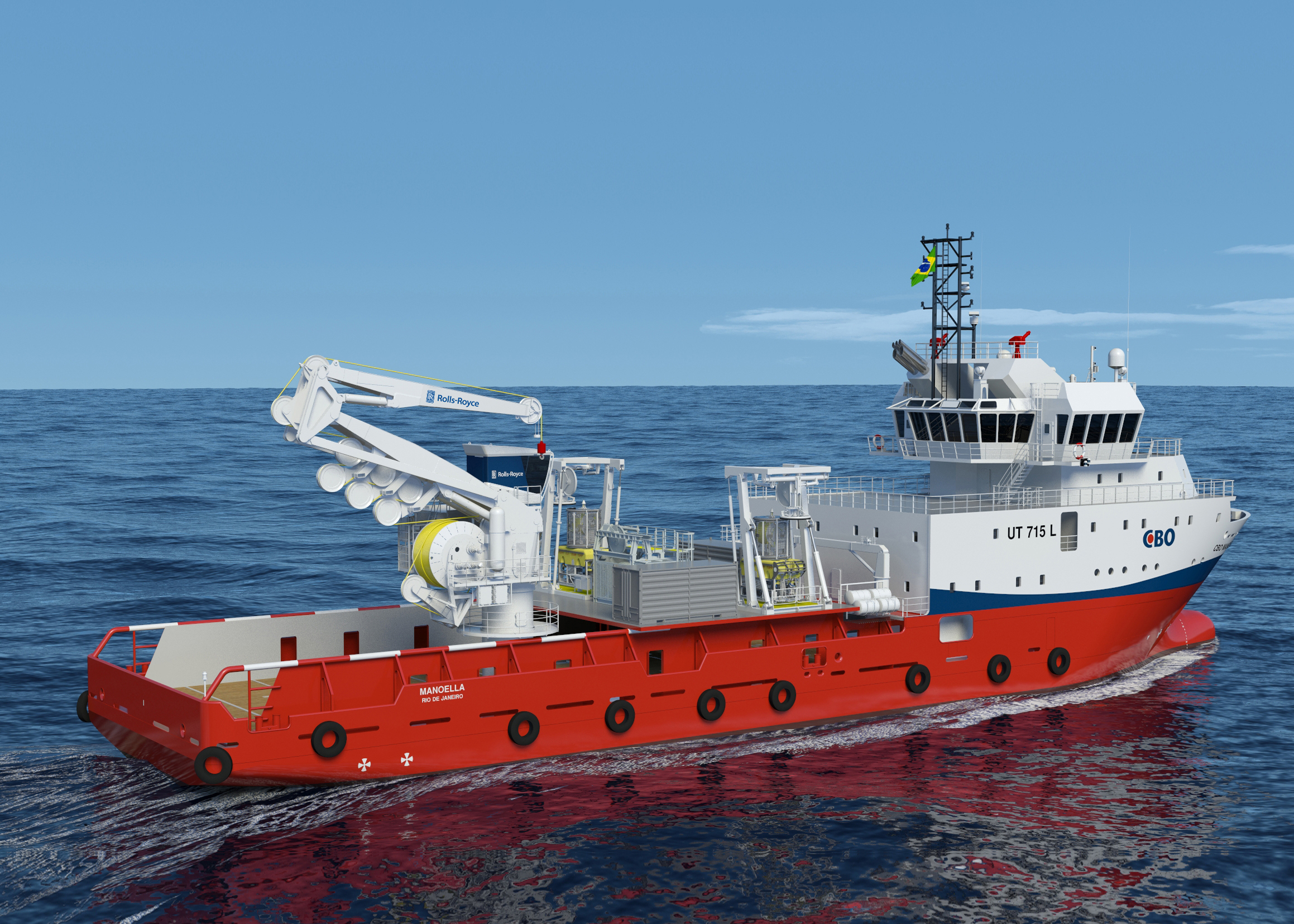
In the first week of 2018, the world’s first 3D printed offshore crane hook, manufactured by the worldwide provider of step changing technical solutions Huisman, successfully passed its load test (80mt) and all associated quality control checks according to the strictest criteria. Crane hooks are typically manufactured by casting or forging techniques. Huisman’s 3D printing technology however catches up to what could become the new future manufacturing technology.
Huisman actively employs the 3D printing technique Continue reading “Huisman successfully load tests world’s first 3d printed offshore crane hook”










